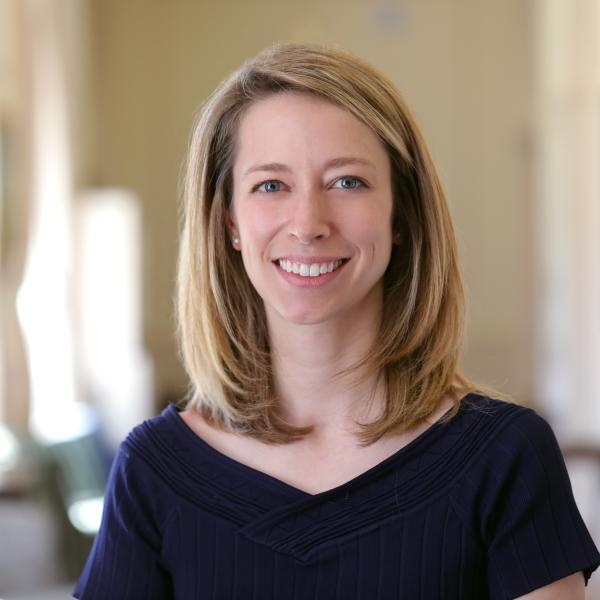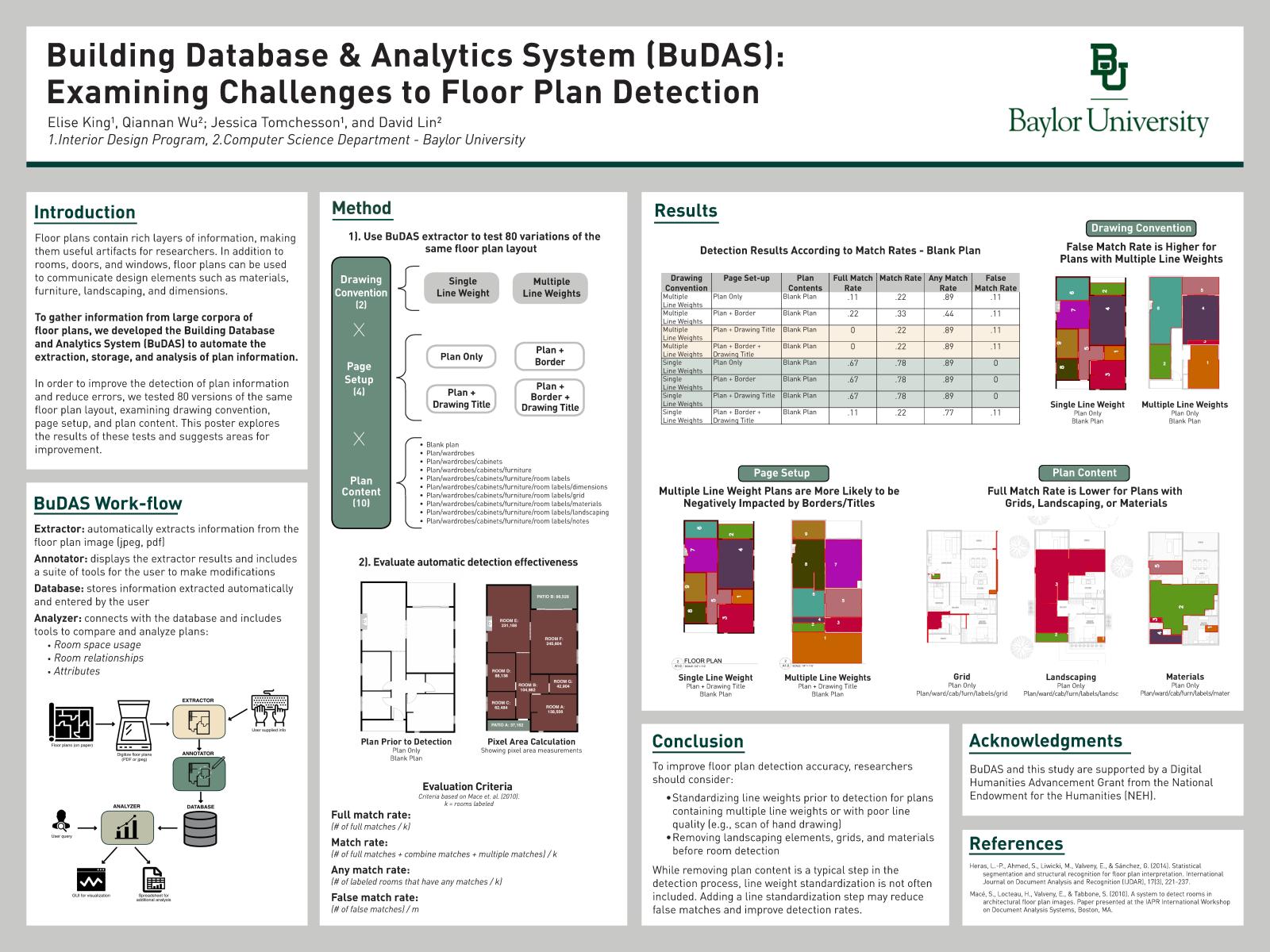Q&A with Elise King

ELISE KING
Associate Professor, Baylor University
MID, 2012; MA – Architectural History, 2010
WHAT IS YOUR CURRENT ACADEMIC POSITION AND WHAT DOES IT ENCOMPASS?
I’m an associate professor of interior design at Baylor University. My position includes research, teaching, student mentoring, service, and various other assignments. An average day might include anything from writing grants and presenting at conferences, to wielding a hammer and working alongside students on a design/build project.
HOW WOULD YOU DESCRIBE YOUR AREA OF EXPERTISE WITHIN THE FIELD OF INTERIOR DESIGN?
For the past several years, I’ve collaborated with computer science researchers to develop a floor plan detection and analysis system that enables users to analyze large corpora of floor plan images. After learning about the use of image recognition to identify/classify artwork, I recognized the need for a similar software in architectural history, which would enable researchers to compare and analyze floor plans. We recently expanded our project team, and I’m excited for the next phase of development, which will include incorporating AI and focusing on the design of the user interface.
HOW DID YOUR STUDIES HERE PREPARE YOU FOR YOUR CAREER AS A DESIGN EDUCATOR?
The longer I’m an educator, the more I appreciate the mentorship I experienced at UT, both from faculty in interior design and architectural history. They challenged and encouraged me. I also learned a lot about teaching from watching excellent teachers and observing how they structured their classes.
IS THERE AN EXPERIENCE AT UT THAT STANDS OUT AS PARTICULARLY INFORMATIVE OR MEMORABLE?
Related to interior design, some of my most memorable experiences involved going on-site visits or working on group models. Studios are a special and unique community, and I learned a lot from working alongside other design disciplines in vertical studios.
WHAT ADVICE WOULD YOU OFFER TO EMERGING INTERIOR DESIGNERS INTERESTED IN TEACHING?
I’d suggest gaining as much teaching experience as possible while you’re in grad school. Also, take courses in data science and statistics.



